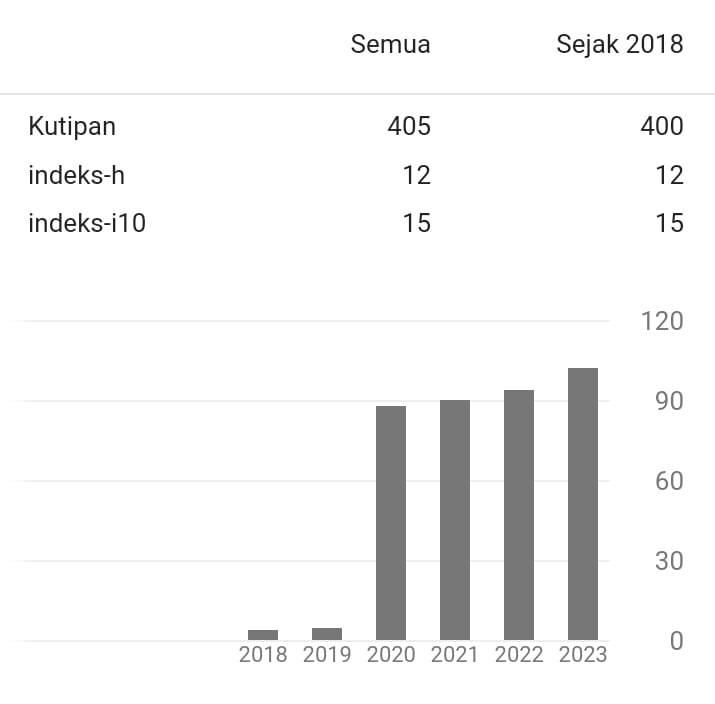THE TRANSLATION RESULTS OF CHILDREN BILINGUAL STORY BOOK BETWEEN HUMAN AND MACHINE TRANSLATION: A COMPARATIVE MODEL
DOI:
https://doi.org/10.51499/cp.v5i2.260Abstract
The purpose of this current study is to analyze the differences of translation results of children story books between human and machine translation, especially in terms of accuracy, readability, and understandability. The method used in this work was qualitative content analysis. The children story book entitled Cindelaras served as a source of data. The original book was written in Indonesian Language, and it was published in 2001 by Gramedia Widiasarana Indonesia. The result shows that both human and machine translations deliver different lexical, grammatical, semantic, and stylistic versions in their translation results. These differences occur since the machine translation has not been able to well-recognize the context of situation and culture. This is a weakness and limitation of machine translation. Such machines cannot replace human translation. Nevertheless, the machine can serve as a pre-translation to help human translation work faster and better in producing more accurate, readable, and understandable versions.
Downloads
Downloads
Published
How to Cite
Issue
Section
License
COPYRIGHT NOTICE

This work is licensed under a Creative Commons Attribution 4.0 International License.







